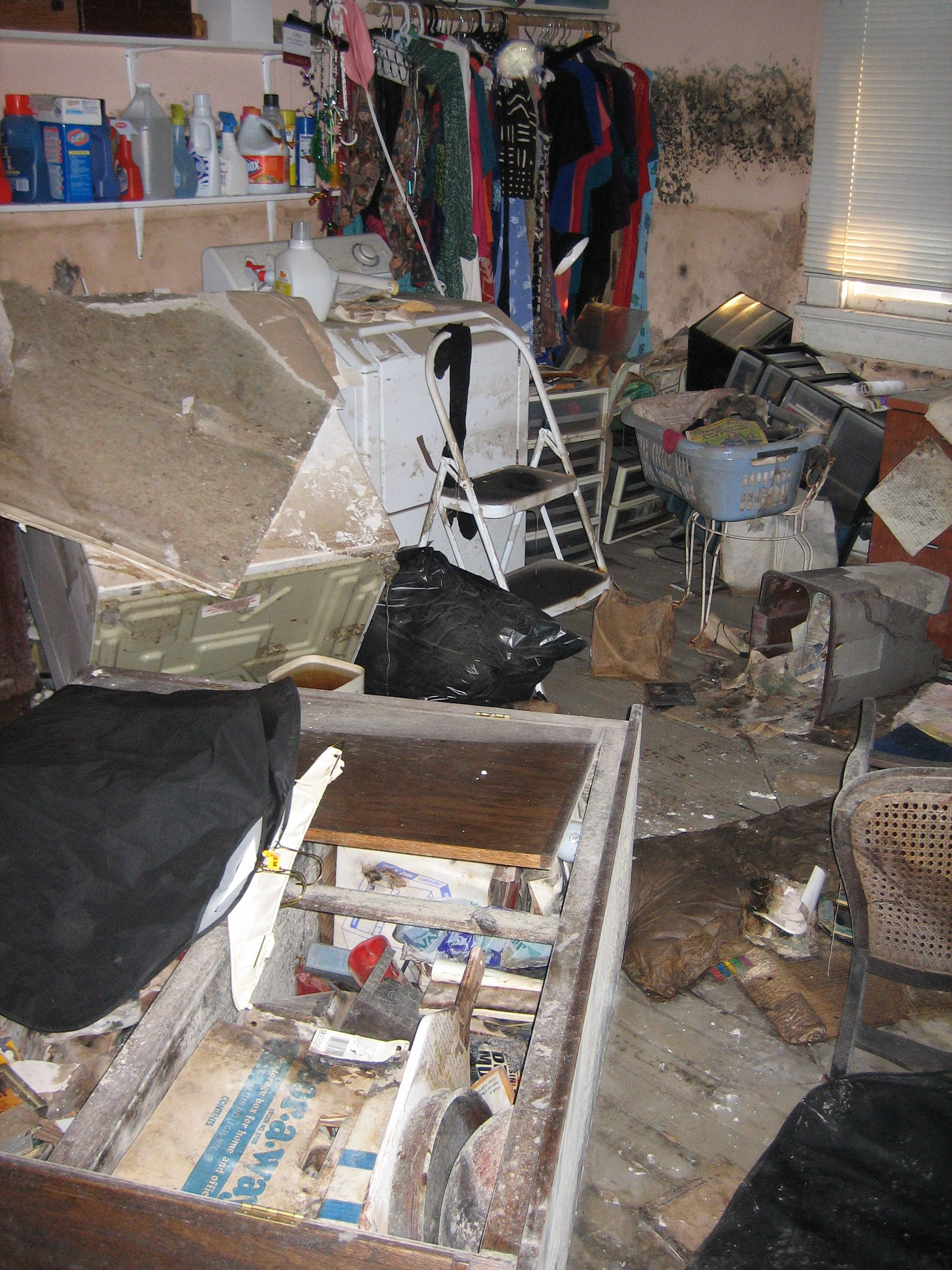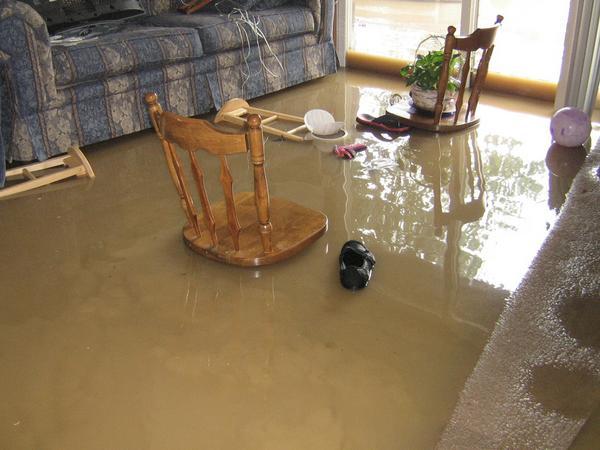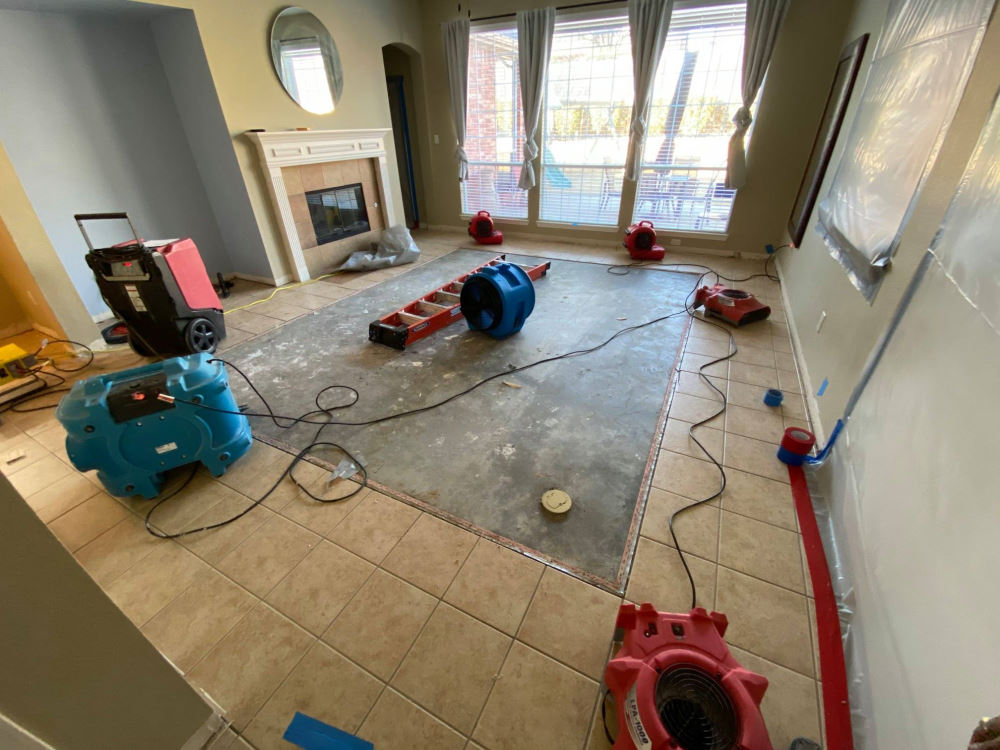Trusted Water Damage Repair Services for Residential and Commercial Properties
The Process of Water Damages Cleaning: Ensuring Your Home Is Restored Efficiently
Water damage can be a complicated obstacle for home owners, demanding a meticulous and structured cleanup procedure to recover safety and functionality. A thorough evaluation is crucial to recognize the extent of the damage and establish the proper remediation steps. Following this, efficient water extraction strategies play an essential role in alleviating further damage. The subtleties of drying, disinfecting, and ultimate repair are equally crucial and typically overlooked. Recognizing these stages can make a substantial distinction in the outcome of your home's repair, prompting a closer appearance at what each step entails.
Examining the Damage
Upon finding water damages, the primary step is to extensively evaluate the degree of the influence. This initial examination is important, as it aids figure out the needed actions for efficient clean-up and reconstruction. Begin by inspecting the impacted areas, including walls, ceilings, floorings, and personal possessions, to recognize the source of the water breach, whether from flooding, leakages, or condensation.
Recording the damages is necessary for both insurance policy claims and intending reconstruction initiatives - damage restoration services. Use pictures and written notes to capture the severity of the damage, keeping in mind any affected structural elements and products. Pay unique focus to locations that might not be instantly noticeable, such as behind walls and under rugs, as hidden moisture can lead to additional difficulties, consisting of mold and mildew growth
Furthermore, analyze the timeline of the water direct exposure. The longer the products stay wet, the better the capacity for damage. Understanding the duration of exposure will inform the urgency of remediation initiatives. Inevitably, a thorough evaluation lays the groundwork for a successful water damage cleaning process, making sure that all affected areas are dealt with efficiently and extensively.
Water Extraction Strategies

Specialists normally utilize submersible pumps for bigger quantities of water, which can rapidly alleviate flooding in basements or various other affected areas. For smaller sized quantities, wet/dry vacuums are often utilized to remove recurring moisture from carpets and difficult surface areas. Additionally, using portable extractors permits targeted elimination in confined areas or locations with fragile products.
In circumstances of infected water, such as sewer or floodwater, progressed removal techniques may entail using biohazard tools to ensure safety and conformity with wellness regulations. High-powered extraction devices are vital in minimizing water retention in structural materials, which can bring about mold growth and structural damage otherwise resolved quickly.
Eventually, the efficiency of water extraction methods plays a critical function in the general success of the water damage cleaning process, preparing for subsequent repair efforts.
Drying and Dehumidification
When standing water has been efficiently drawn out, the next vital phase in the water damage cleanup procedure is drying out and dehumidification. This action is important to avoid additional damage and mold growth, which can take place within 24 to 48 hours in damp environments.
To achieve reliable drying out, specialized devices such as industrial-grade air movers and dehumidifiers is used. Air moving companies distribute air across damp surface areas, improving evaporation prices, while dehumidifiers minimize humidity degrees airborne, advertising a favorable atmosphere for drying. The mix of these devices guarantees that moisture is attracted out from home furnishings, walls, and floorings, enabling them to dry thoroughly.
It is very important to keep an eye on the drying process very closely. Experts commonly use moisture meters to assess the dampness content in numerous materials, making certain that all impacted areas get to appropriate dry skin degrees. This thorough strategy helps to stop hidden wetness pockets that can cause structural damage or harmful mold development.

Cleansing and Disinfecting
After the drying and dehumidification phase is total, the following vital step in try this website water damage clean-up is cleansing and sanitizing the influenced locations. This process is critical to avoid the development of mold, bacteria, and other microorganisms that prosper in wet environments.
The cleaning phase commonly involves removing any type of particles, dust, and impurities from surface areas making use of specialized cleaning agents. For difficult surfaces, a mix of soap and water or business cleansing items is frequently utilized. Soft materials, such as upholstery and carpetings, might require much more substantial cleansing techniques, including vapor cleaning or deep removal techniques, to guarantee detailed hygiene.

Sterilizing follows cleansing, making use of EPA-approved anti-bacterials to get rid of damaging bacteria. This action is crucial, especially in areas that may have entered into call with floodwaters or sewage, as these sources can pose major health threats.
Furthermore, it is essential to resolve any type of remaining smells, which may call for making use of smell neutralizers or sophisticated techniques like ozone therapy. Appropriate cleaning and disinfecting not only recover the security and health of your home however additionally lay the foundation for successful reconstruction and repair work in succeeding stages of the water damages cleanup procedure.
Reconstruction and Repair Work

As soon as the analysis is total, reconstruction initiatives can start. In addition, floor covering might need similar attention, depending on the level of water exposure.
It is vital to involve knowledgeable repair experts during this process, as they possess the know-how to manage complicated repair work properly. In addition, they can aid reduce potential future problems, such as mold growth or structural instability, thus ensuring a secure and habitable living atmosphere. Inevitably, efficient reconstruction and fixings bring back the home's integrity and boost its overall value.
Verdict
Finally, the procedure of water damage cleaning is important for bring back a home to its pre-damage problem. Each phase, from assessing the damage to implementing efficient water removal methods, followed by thorough drying, disinfecting, and required fixings, plays page a necessary role in making certain security and conformity with building requirements. Effective implementation of these actions not only reduces prompt damage yet also enhances the long-lasting honesty and value of the home.
Water damage can be a complicated obstacle for homeowners, necessitating a precise and organized clean-up procedure to bring back security and performance. Inevitably, a comprehensive assessment lays the foundation for an effective water damages clean-up process, making certain that all influenced locations are attended to properly and extensively.
Reliable water removal strategies are crucial in minimizing damages and avoiding further problems complying with a water intrusion occasion.In conclusion, the procedure of water damages clean-up is important for bring back a home to its pre-damage problem. Each phase, from assessing the damages to applying reliable water removal strategies, complied with by complete drying out, sterilizing, and essential repairs, plays an important role in making certain safety and security and compliance with structure requirements.